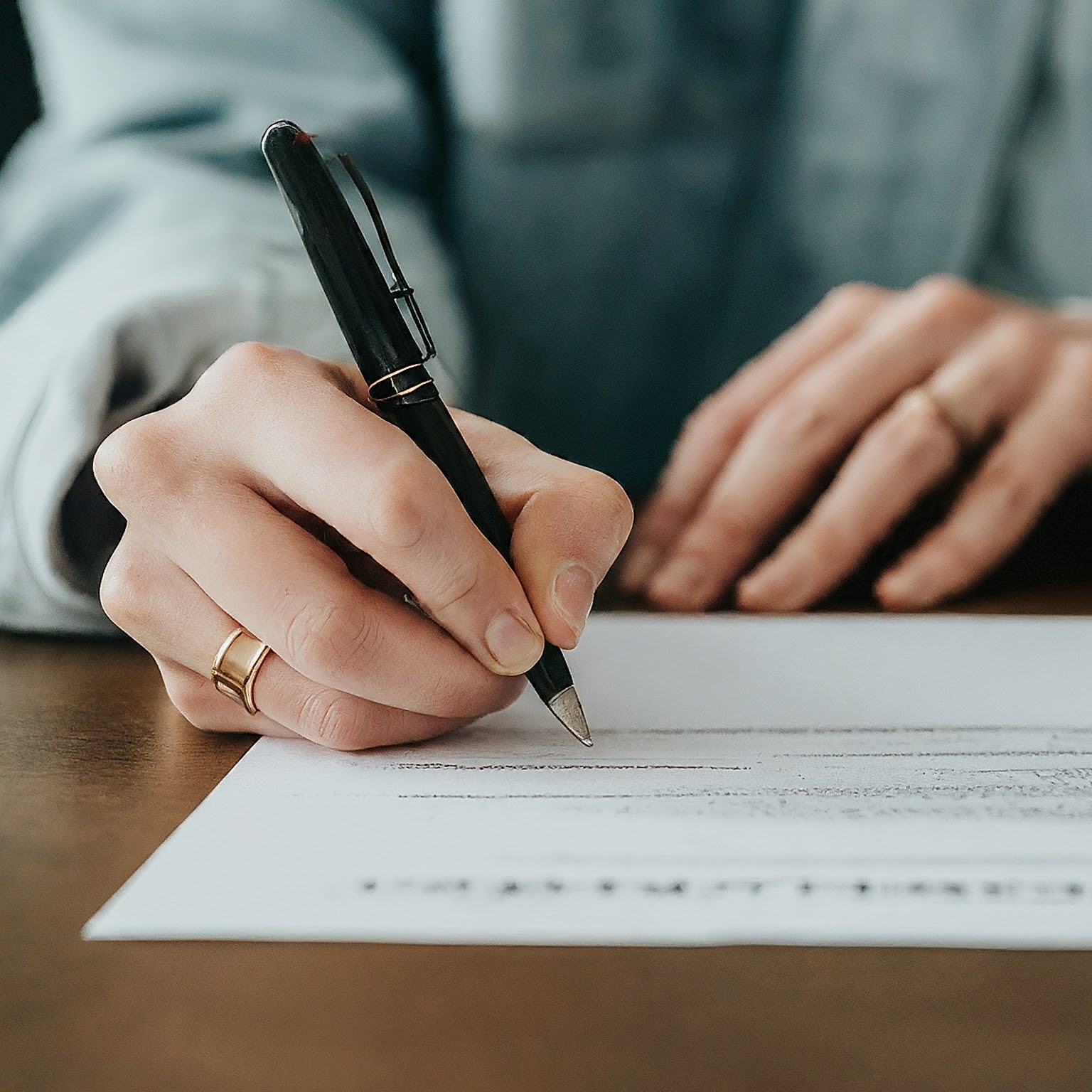-
396 Barlow Moor Road, Manchester, England, M21 8BH

Am I Eligible for Debt Relief Order?
To be eligible for a DRO, you must meet these criteria:
Your disposable income post debt repayment is £75 or less
You do not have a mortgage or own your residence
You do not owe more than £50,000 in unsecured debt
You’ve lived or worked in England or Wales in the last 3 years
You cannot make the minimum payments offered by your original creditor
You do not own any assets with a value of over £2,000
Your car, if you own one, has a value of less than £4,000
You’ve not had a DRO in the last 6 years
Similar to Bankruptcy, a Debt Relief Order is a debt solution that is used in the direst situations. It is an option given to those who can’t afford to go Bankrupt, have very little to pay off the debt, and has no remaining expenditure which they would use for life’s essentials.
Individual to You
The new payment amount is determined by reviewing your income and expenses, ensuring it's affordable while allowing you to live comfortably.
Set Up within a Month
On average, a Debt Management Plan takes 30 days to be implemented for your repayments. This may be extended due to potential complications with your lenders.
The Debt Gets Paid
Ultimately, the plan allows you to fully repay your debt whilst you can still afford the essentials. Allowing you to live with some of that pressure lifted off you.
You’re Left at Ease
If your situation changes and you no longer need a reduced payment, the DMP is not a secured contract – you can return to your original payments at any time.
Frequently Asked Questions About DRO
-
What’s a Debt Relief Order?
A Debt Relief Order (DRO) is a scheme designed for those with debts up to £50,000 and less than £75 disposable income each month.
With a DRO, your debts are frozen for 12 months, during which time your creditors can’t demand money from you or add interest. The debt gets written off if your circumstances have not improved at the end of the 12 months. It is a form of insolvency; your name will be recorded on the insolvency register.
It is a scheme for non-homeowners and people with very few assets so their belongings can not be sold to repay creditors. You must have no more than £2,000 worth of assets to qualify for a DRO. -
What Debts Can Be Included In a Debt Relief Order?
Most debt can be included in a DRO. Some main debts that are included are:
-
Credit card debt
-
Hire Purchase arrears
-
Council Tax arrears
-
Arrears on utility bills eg. Gas / Water / Electricity
-
Benefit Overpayments
-
Overdrafts
-
Payday loans
-
-
What Debts Can’t Be Included in a Debt Relief Order?
Most debts are included, however, there are certain circumstances where your debts are not covered and you will have to keep up payments towards. These include:
-
Any debts that have been accrued under
-
Fraudulent circumstances
-
Court Fines
-
Student Loans
-
Child Maintenance
-
-
Advantages and Disadvantages of a Debt Relief Order
There are many factors to consider before applying for a DRO. Below we’ve listed some advantages and disadvantages:
Advantages
-
If your circumstances remain the same, you can write off most of your debt and be debt-free after 12 months.
-
Your creditors freeze interest and charges and can not chase you for repayments for 12 months.
-
It is designed for those with few assets and no home, so you aren’t likely to be made to give your possessions up.
-
A DRO covers most debts.
-
It is a formal agreement – so once approved, your creditors have to stick with it and you are protected.
Disadvantages
-
A DRO will hurt your credit rating and remain on your credit file for 6 years.
-
If your circumstances change within the 12 months, your DRO may be revoked and you’ll have to look at new solutions to repay your debts. Your creditors may also resume charging interest and contacting you.
-
You can’t apply if you’ve had a DRO or other form of insolvency within the last 6 years.
-
Your assets will be assessed, and if the total is worth more than £2,000, you will not qualify.
-
-
What Will I Have To Pay?
There is no fee to apply for a DRO.
If your application is approved, you don’t have to make payments towards your eligible debts throughout the DRO, which lasts 12 months. At the end of the DRO, your debts may be written off, so you will not have to make any further repayments.
If your situation has improved at the end of the DRO, then this may be revoked and you will have to look into alternative ways of paying off the debts. This means the creditors may start contacting you and interest will begin to grow again.
You will also have to ensure that you keep up payments to any other debts that are not included in the DRO, such as child support, so as not to encounter further financial problems. -
Is a Debt Relief Order Right For Me?
You must know precisely what you are signing up for with any debt solution. We recommend researching different debt solutions or seeking professional advice before making any decisions.
A DRO may be an option if you are a non-homeowner with a low debt level and can not afford to make any repayments towards your debts.
Further factors affecting your application’s success are not owning assets exceeding a total value of £2000 and no previous DRO or other insolvency agreements within the last six years.
